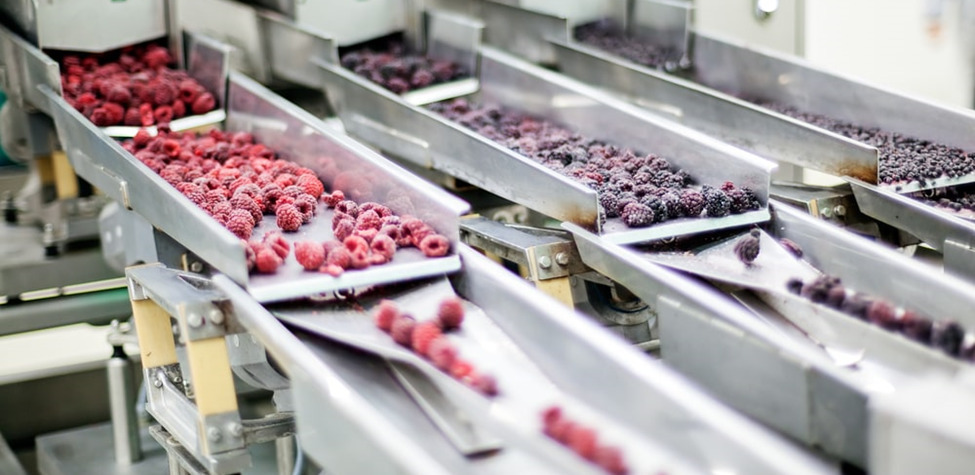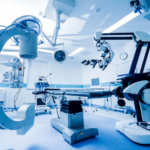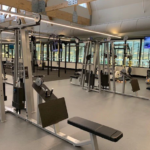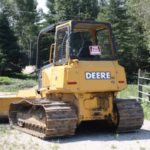
Essential Equipment for Food Processing Facilities
- 0
Operating a food processing facility requires investing in various essential machines to ensure that the plant operates smoothly, efficiently, and most importantly, safely. Different equipment is tailored for distinct processing stages and applications, making it fundamental to understand the specific equipment your facility requires. Keep reading to discover the must-have equipment that plays a crucial role in food processing facilities.
1. Evaporation Equipment
Evaporation plays a significant role in the food processing industry by removing water or solvents from the mixtures. This process concentrates the flavors, nutrients, and other components present in the food and prolongs its shelf life. Evaporation is commonly used in producing beverages, soups, sauces, dairy products, and other liquid food items.
An evaporator is an essential piece of equipment in this process, which works through various methods, including multiple effect evaporation, flash evaporation, or vacuum evaporation. By investing in an efficient evaporator, food processing facilities can save energy, lower operating costs, and enhance product quality through precise temperature control and minimal heat exposure.
Moreover, modern evaporators are designed to prevent the burning of the product, ensuring the outcome is safe to consume and maintains its unique taste and texture. Therefore, it’s crucial to choose the correct evaporation equipment based on the product being produced and the facility’s specific requirements to optimize processing operations and reduce costs.
2. Mixing and Blending Equipment
Mixing and blending machines help to combine multiple ingredients to produce a uniform, homogenous product. From blending spices to different food components or powders, these machines carry out various mixing tasks efficiently and accurately. Proper mixing increases product consistency, ensuring a uniform taste, texture, and appearance that consumers appreciate.
Effective blending also aids in removing air bubbles from the mix, which prevents oxidation and extends the product’s shelf life. Another advantage of utilizing mixing equipment is that it reduces the chance of contamination due to manual handling. Food processing facilities are usually large and require industrial-scale mixing equipment, such as ribbon blenders, paddle mixers, and double cone blenders, depending on the type of food being produced.
3. Separation Equipment
Separation equipment is necessary for the food processing industry to separate various elements and ingredients while maintaining product quality. Some common separation applications include separating solid particles from liquids, isolating specific elements or compounds in mixtures, and removing contaminants or impurities from products.
One example of separation equipment is a centrifuge, which uses centrifugal force to separate liquids from solids, enabling processors to extract valuable components in food mixtures or remove undesired elements. Filtration systems and sieves are other examples of separation equipment that help remove particles from a mixture, ensuring a high-quality and uniform final product.
You’ll want to choose the right separation equipment based on the types of ingredients being processed, production capacity, and filtration requirements, among other factors. Proper maintenance of this equipment can improve process efficiency and minimize the risk of contamination in processing facilities.
4. Packaging Equipment
Packaging equipment is a crucial aspect of food processing facilities, ensuring food products are safely stored to prevent spoilage, contamination, and damage during transportation. The right packaging preserves the integrity of the product, while also providing information such as nutritional content, expiration dates, and other essential details to consumers.
Different food products require specific types of packaging equipment, such as filling machines, capping machines, or sealing machines. Factors to consider when selecting the appropriate packaging equipment include the type of packaging material, environmental concerns, desired shelf life, production capacity, and specific requirements of the food products being processed.
Having a properly functioning packaging system is essential for maintaining food product quality and safety. Upgrading to advanced packaging equipment can improve efficiency, reduce waste, and minimize costs, ensuring that food processing facilities remain competitive, sustainable, and profitable.
The right selection and proper maintenance of these essential equipment items are vital for the upkeep and success of a food processing facility. Investing in quality equipment allows processors to maximize efficiency, reduce costs, and most importantly, ensure the consistency, quality, and safety of the food products they produce.





